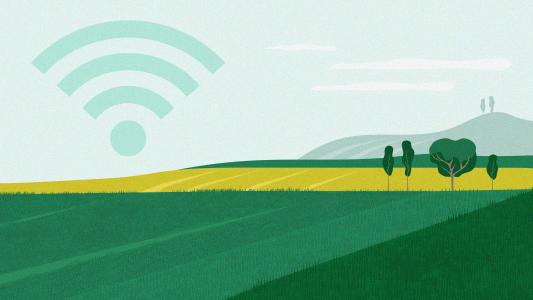Kombucha, a fermented drink with a cult following, is being used to create new “living materials.” These materials — cellulose embedded with enzymes — can do feats such as sensing environmental pollutants, purifying water, or create “smart” packaging materials that can detect damage.
To make the tough, functional materials, the researchers from MIT and Imperial College London created a kombucha SCOBY (a “symbiotic culture of bacteria and yeast”), similar to the “kombucha mother,” which is used to brew the beloved tea. It consists of bacteria and yeast that transform sweet tea into a fizzy drink.
Looking after a kombucha SCOBY is a bit like looking after a sourdough starter. Both the SCOBY and sourdough starter are a combination of living microbes that need to be fed and cared for.
Researchers lift a sheet of their material, a tough cellulose that can be embedded with enzymes or living cells. Credit: Tzu-Chieh (Zijay) Tang
“Pretty much everyone can do this in their kitchen or at home,” Tzu-Chieh Tang said. “You don’t have to be an expert. You just need sugar, you need tea to provide the nutrients, and you need a piece of Syn-SCOBY mother.”
The team envisions that someday people will grow useful DIY materials, such as water filters, at home.
With just a few tweaks of the “booch,” the team used microbes to make substantial materials. They made a population of microbes like a kombucha SCOBY by combining cellulose-producing bacteria and genetically engineered yeast — calling their microbe culture “Syn-SCOBY.”
As the kombucha SCOBY ferments, it produces ethanol, cellulose, and acetic acid. They selected a bacteria that can produce large cellulose quantities and a special laboratory yeast called Saccharomyces cerevisiae. The laboratory yeast enabled them to engineer the cells to make glow-in-the-dark enzymes or sense pollutants, then break them down.
“We foresee a future where diverse materials could be grown at home or in local production facilities, using biology rather than resource-intensive centralized manufacturing,” said Timothy Lu, an electrical and biological engineer at MIT. They published their work in Nature Materials.
Depending on the strain of yeast selected for the kombucha SCOBY, the resulting material could detect specific pollutants, pathogens, or metals. They tested a few yeast strains and created a material that senses estradiol, an environmental pollutant, and another material that produces a glowing protein, called luciferase when exposed to light.
Imagine, someday you could grow useful materials at home. It only takes a few days.
We’d love to hear from you! If you have a comment about this article or if you have a tip for a future Freethink story, please email us at tips@freethink.com.
